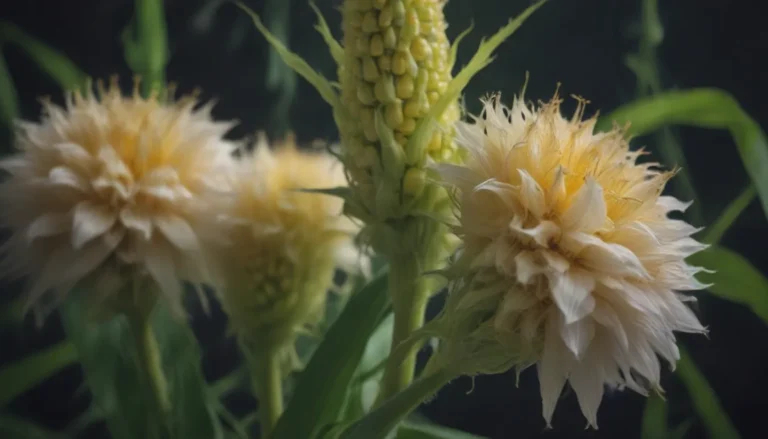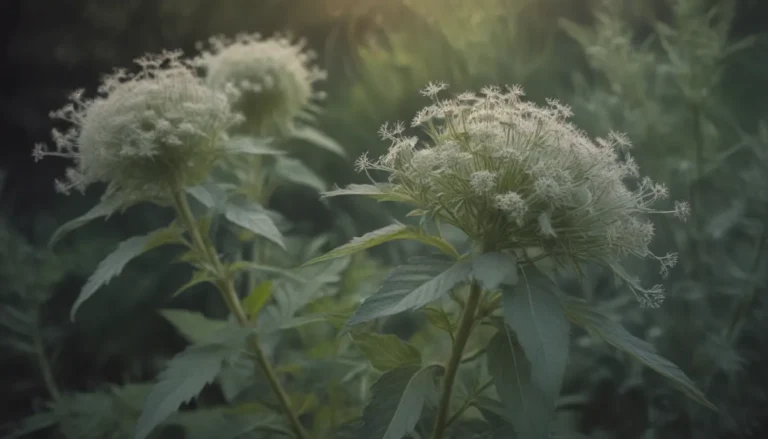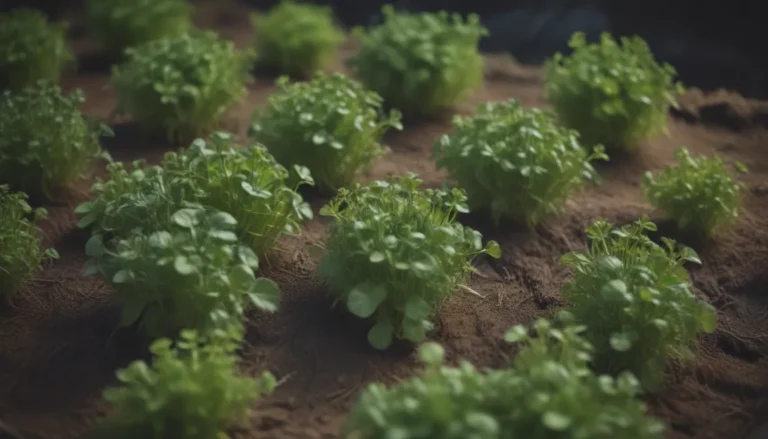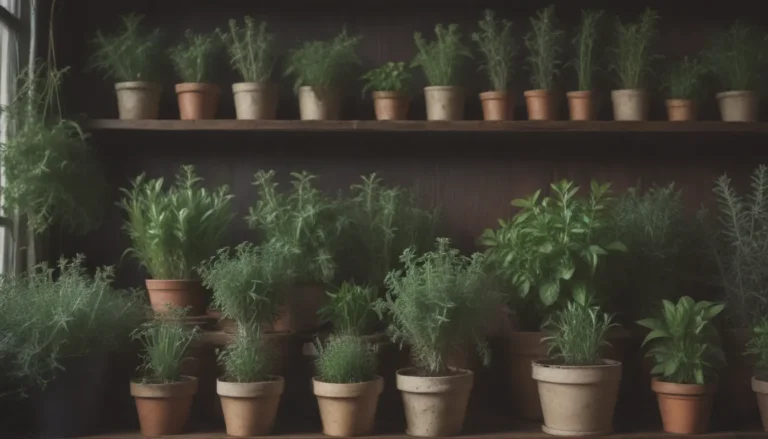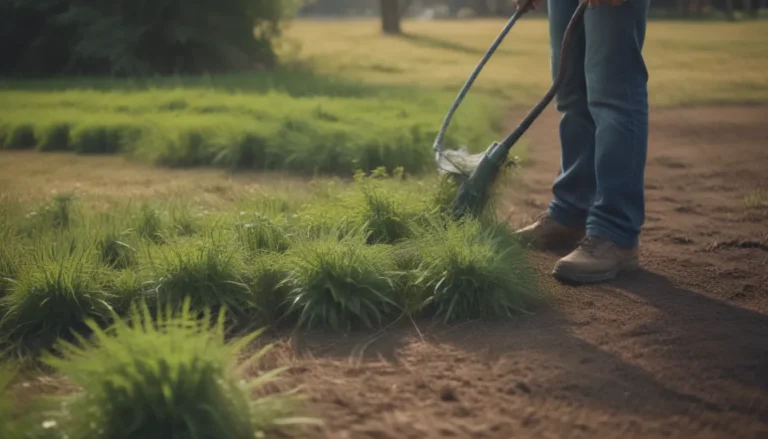Comprehensive Guide on Growing and Caring for Yaupon Holly

Welcome to this comprehensive guide on all things Yaupon Holly! Whether you’re a gardening enthusiast looking to add vibrance to your garden or a homeowner considering planting this versatile shrub, you’ve come to the right place. In this article, we will cover everything you need to know about growing and caring for Yaupon Holly, including essential care requirements, pruning tips, propagation methods, common pests and diseases, and much more.
Introducing Yaupon Holly
Yaupon holly, also known simply as yaupon, is a broadleaf, evergreen shrub or small tree that not only adds beauty to your garden year-round but is also considered a holiday plant due to its festive color combination. Native to the southeastern United States, Yaupon Holly can thrive in a variety of conditions, making it a popular choice for many gardeners.
It’s important to note that Yaupon holly is toxic to both people and pets, so caution should be exercised when handling this plant. Despite its beauty, it’s essential to be aware of this potential hazard.
Yaupon Holly Care
When it comes to caring for Yaupon Holly, there are several key considerations to keep in mind to ensure the health and growth of this resilient plant. Follow these care guidelines to cultivate a thriving Yaupon Holly in your garden:
- Light: Yaupon holly tolerates both full and partial sun, with increased berry production in full sun conditions.
- Soil: This shrub prefers sandy soil but can adapt to various soil types. It has a high tolerance for salty soil, making it suitable for coastal regions.
- Water: While somewhat drought-resistant, Yaupon Hollies should be watered regularly, especially during the first year of planting. Use rainwater or distilled water for best results.
- Temperature and Humidity: Yaupon Holly thrives in USDA zones 7 through 9, with a preference for slightly cooler and humid weather.
- Fertilizer: Lightly fertilize Yaupon Holly in the spring and fall, following product label instructions. Avoid high-nitrogen fertilizers to prevent overgrowth.
Types of Yaupon Holly
There are several cultivars of Yaupon Holly available, each with unique characteristics and growth habits. Some popular varieties include:
- I. vomitoria ‘Folsom’s Weeping’
- I. vomitoria ‘Nana’
- I. vomitoria ‘Dwarf’
- I. vomitoria ‘Pride of Houston’
- I. vomitoria ‘Schilling’s Dwarf’
- I. vomitoria ‘Stokes Dwarf’
- I. vomitoria ‘Will Fleming’
These cultivars offer a range of sizes and shapes, allowing you to choose the perfect Yaupon Holly for your specific needs.
Pruning Tips
While Yaupon Holly typically requires minimal pruning, occasional trimming may be necessary to maintain its shape or rejuvenate overgrown shrubs. Follow these tips for successful pruning:
- Trim lower side branches on small trees
- Cut away up to one-third of overgrown branches to rejuvenate shrubs
- Shape hedges by cutting branches back to 1/4 inch above a node
Proper pruning practices will promote healthy growth and maintain the aesthetic appeal of your Yaupon Holly.
Propagation Methods
If you’re interested in propagating Yaupon Holly, it can be successfully grown from small, semi-hardwood cuttings taken in the fall. Follow these steps for successful propagation:
- Select healthy cuttings from the plant
- Plant cuttings in well-draining soil
- Keep soil consistently moist until roots develop
Propagation is an excellent way to expand your Yaupon Holly collection and share this beautiful shrub with others.
How to Grow Yaupon Holly From Seed
For adventurous gardeners willing to handle the berries, Yaupon Holly seeds can be harvested and grown to produce new plants. Here’s how to grow Yaupon Holly from seed:
- Harvest berries and extract seeds
- Plant seeds in well-draining soil
- Keep soil consistently moist until seeds germinate
Growing Yaupon Holly from seed allows you to witness the complete lifecycle of this festive plant.
Potting and Repotting
If you prefer growing Yaupon Holly in containers, follow these steps for successful potting and repotting:
- Use containers with adequate drainage
- Loosen plant roots before potting
- Water regularly and fertilize every one to two weeks
When repotting, select a container one size larger than the current one and transfer the plant carefully to ensure continued growth.
Overwintering Tips
Yaupon Holly is well-suited for winter conditions and can survive in low temperatures. To protect your plant during winter months, consider light pruning and bundling branches to prevent damage from snowfall.
Common Pests and Diseases
While Yaupon Holly is relatively resistant to pests and diseases, occasional issues may arise. Keep an eye out for common problems such as:
- Leafminers
- Spider mites
- Powdery mildew
Prompt action and appropriate treatment can help prevent the spread of pests and diseases and keep your Yaupon Holly healthy and thriving.
How to Get Yaupon Holly to Bloom
Encouraging Yaupon Holly to bloom is a rewarding experience that adds color and fragrance to your garden. Follow these tips to promote blooming:
- Ensure regular watering and adequate sunlight
- Enjoy the sweet fragrance of white blooms in spring
- Admire red holly berries following flowering
Bloom care is a simple but essential practice to maintain the health and beauty of your Yaupon Holly plant.
Common Problems and Solutions
While Yaupon Holly is hardy and resilient, occasional issues may arise. Watch for signs of stress such as:
- Yellowing leaves: Indicative of underwatering or overwatering
- Browning leaves: Resulting from drought or windburn
Addressing these issues promptly can help maintain the health and vitality of your Yaupon Holly plant for years to come.
In conclusion, Yaupon Holly is a versatile and resilient plant that adds beauty and charm to any garden. By following these care guidelines and tips, you can cultivate a thriving Yaupon Holly and enjoy its festive colors year-round. Remember to handle the plant with care due to its toxic nature and take precautions to protect both people and pets.
Whether you’re looking to plant Yaupon Holly for its aesthetic appeal or its holiday charm, this evergreen shrub is sure to delight and impress. Happy gardening!
Sources:
– ASPCA
– North Carolina State Extension
– University of Florida Institute for Food and Agricultural Science
– Department of Botany, Purdue University
– The Royal Horticultural Society
– British Columbia Drug and Poison Information Centre
– National Capital Poison Center
